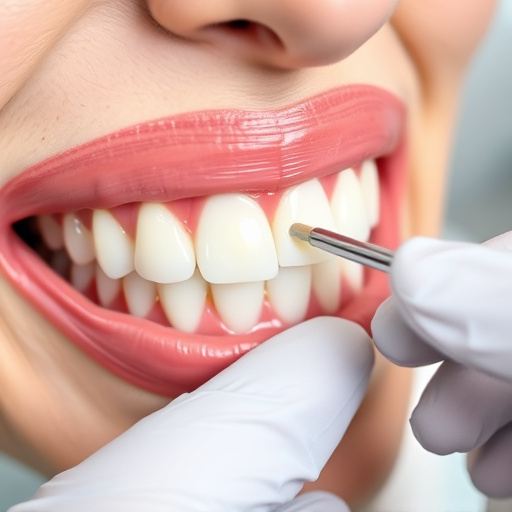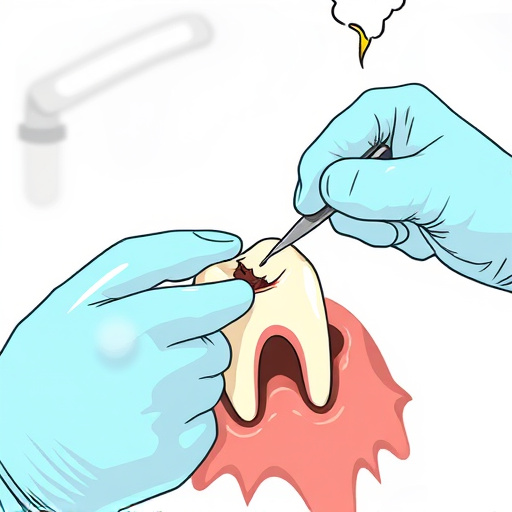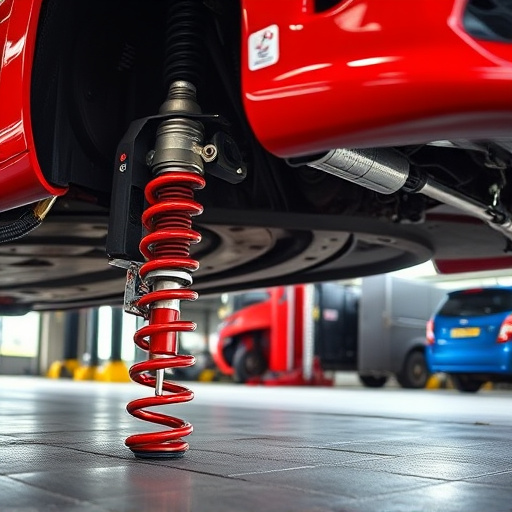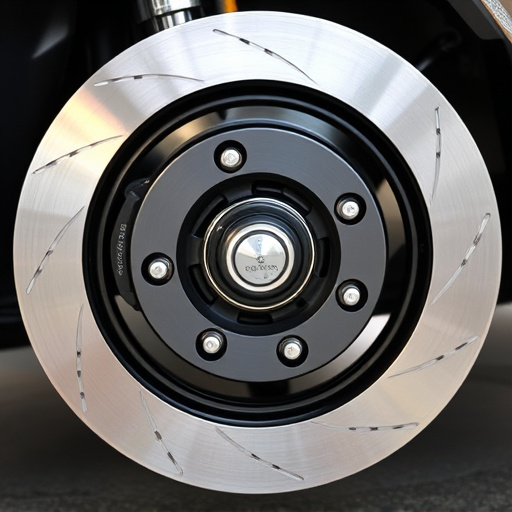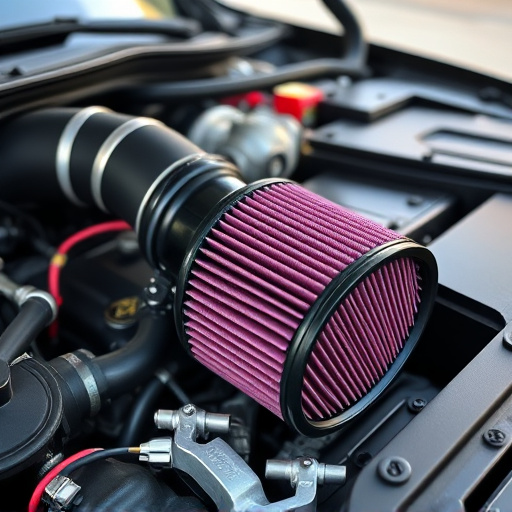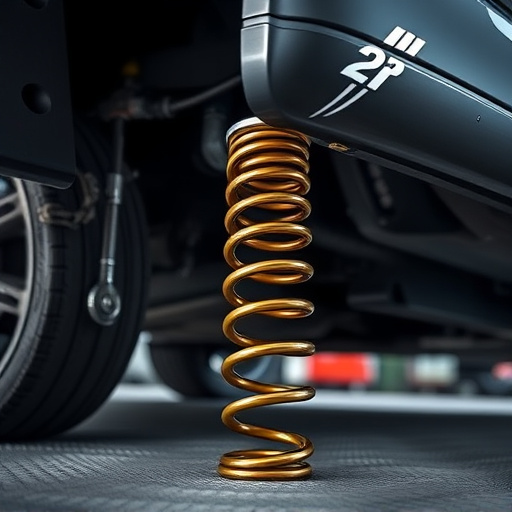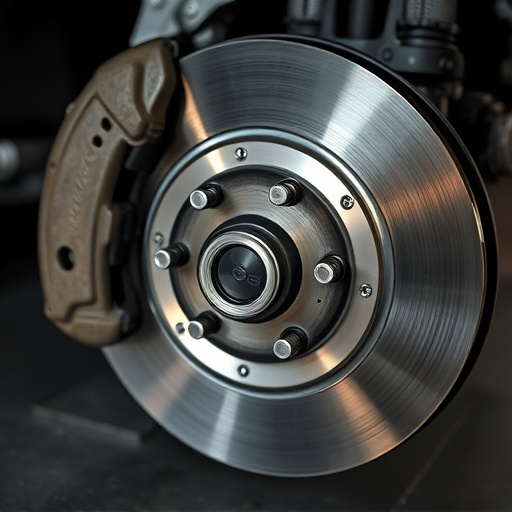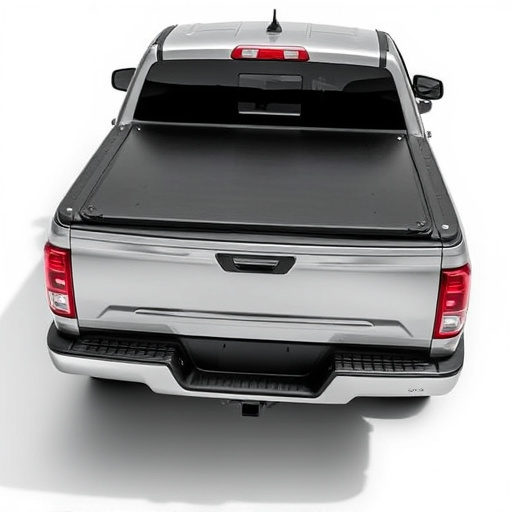Sway bar bushings are crucial for vehicle stability and handling. Replace them with high-quality parts after regular wear. Prepare tools and safety gear. Follow steps: jack up, remove old, clean surfaces, install new, reattach securely with torque wrench. Proper alignment enhances performance alongside other upgrades.
Get ready to enhance your vehicle’s stability and handling with this comprehensive guide to replacing sway bar bushings. Sway bar bushings, crucial components in your car’s suspension system, ensure smooth movement and prevent excessive body roll during cornering. This step-by-step tutorial covers everything from understanding the role of sway bar bushings to the safety precautions and tools needed for a successful replacement.
- Understanding Sway Bar Bushings and Their Function
- Tools and Safety Precautions for Replacement
- Step-by-Step Guide to Installing New Bushings
Understanding Sway Bar Bushings and Their Function
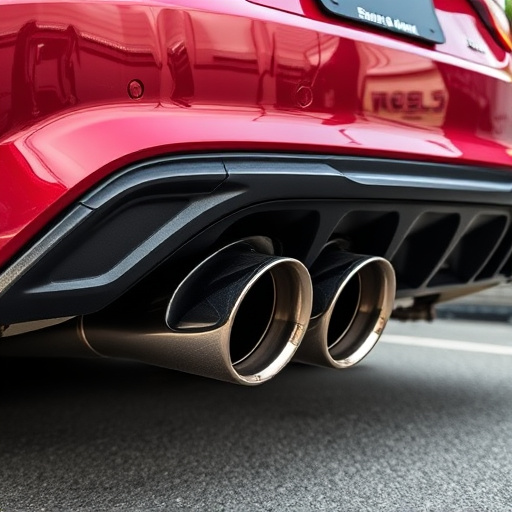
Sway bar bushings are crucial components of your vehicle’s suspension system. They connect the sway bar to the suspension and help to minimize body roll during cornering, ensuring better handling and stability. These bushings absorb shock and vibrations, preventing excessive movement between the suspension parts. Regular wear and tear can lead to their degradation, making replacement essential for maintaining optimal vehicle performance.
Understanding how sway bar bushings function is key when preparing for their replacement. Unlike some other suspension components, bushings don’t typically require frequent maintenance, but they are subject to stress during high-performance driving conditions. Upgrading to high-quality, performance-oriented sway bar bushings can complement other modifications like a cat back exhaust or performance air filters, enhancing your vehicle’s overall handling and reducing body lean in corners while also ensuring the integrity of your suspension system.
Tools and Safety Precautions for Replacement
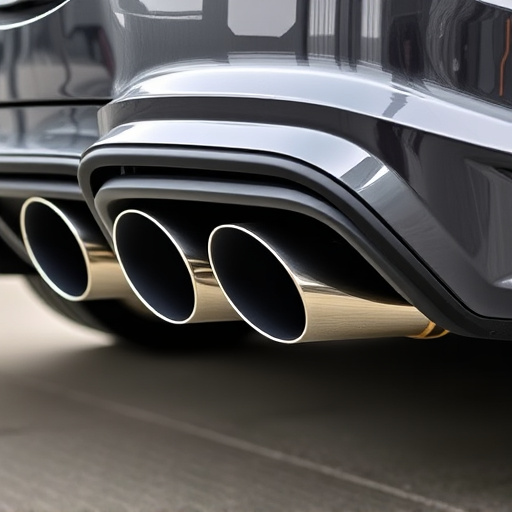
Before beginning your sway bar bushing replacement, gather the necessary tools to ensure a smooth and safe process. You’ll need basic automotive tools like jack stands, wrenches, sockets, screwdrivers, and ratchets. A new set of sway bar bushings (choose high-performance parts for optimal vehicle performance), a socket wrench set with the appropriate sizes for your vehicle, and a jack are essential. Safety should always be your priority when working on vehicles. Wear safety goggles to protect your eyes from debris, use gloves to avoid dirt or oil contact, and ensure you’re working in a well-lit area. Consider parking your car on a level surface and engaging the parking brake for added stability during the process.
Step-by-Step Guide to Installing New Bushings
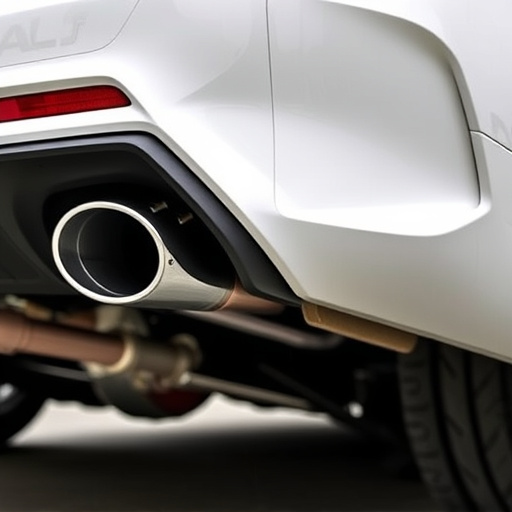
Replace old sway bar bushings with new ones to ensure your vehicle maintains optimal stability and handling. Here’s a step-by-step guide for installing new sway bar bushings:
1. Remove the Old Bushings: Jack up your vehicle, secure it on jack stands, then carefully unbolt the sway bar from both ends. Remove the old bushing retainers and set them aside. Clean the mounting surfaces thoroughly to ensure a solid bond with new bushings.
2. Install New Bushings: Align the new sway bar bushings with the mounting holes. Ensure they fit snugly in place. Reattach the sway bar, tightening the bolts securely. Consider using a torque wrench for precise tightening, following the manufacturer’s specifications. This ensures optimal performance and prevents premature wear. Remember, proper alignment is key to achieving the best handling and stability benefits of new sway bar bushings, complementing other essential components like your air filter kits, brake components, and muffler tips.
Replacing your vehicle’s sway bar bushings is a crucial task that can significantly enhance handling and safety. By understanding the vital role these components play in your car’s stability, you can ensure a smoother ride and better control. With the right tools and safety precautions, the installation process is manageable for many car enthusiasts. Remember, proper maintenance of sway bar bushings is key to keeping your vehicle balanced and responsive on the road.




